Defining The Sound Perimeter: Music And Shared Experience
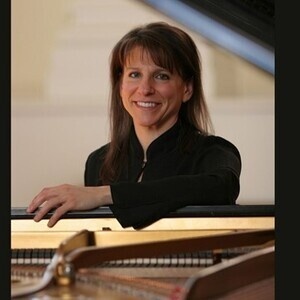
Table of Contents
The Power of Collective Listening
The magic of music and shared experience begins with collective listening. When we listen to music together, something transformative occurs. The experience extends beyond individual enjoyment; it becomes a shared emotional journey.
Amplified Emotion and Empathy
Shared listening amplifies emotional responses. This phenomenon, often called emotional resonance, is driven by synchronous listening and group dynamics.
- Emotional Contagion: The emotional intensity of a live performance is contagious. Witnessing others' joy, sorrow, or excitement intensifies our own feelings, creating a powerful wave of shared emotion.
- Synchrony and Physiological Responses: When a crowd sings or claps in unison, a sense of synchrony emerges. This synchrony is reflected in physiological responses, as heart rates and brainwave activity can become synchronized among listeners.
- Live Music Experience: The power of a live music experience lies partly in this shared physiological and emotional connection.
The Creation of Shared Identity
Shared musical tastes and experiences contribute significantly to the formation of social groups and identities. Music becomes a potent tool for community building.
- Genre Communities: Dedicated fan communities spring up around specific genres (e.g., metalheads, indie music enthusiasts), fostering a strong sense of belonging and shared identity.
- Music Festivals as Social Hubs: Music festivals represent a unique expression of music and shared experience, drawing together diverse groups unified by their shared love of music. These events create fleeting, yet powerful, communities.
- Music in Social Movements: Music has historically played a crucial role in social and political movements, acting as a rallying cry and unifying force among participants, forming a collective identity around shared beliefs.
The Physical Space of Shared Musical Experience
The physical environment plays a significant role in shaping the shared sonic space and influencing the overall impact of music and shared experience.
Architectural Acoustics and Design
The acoustic design of a performance space dramatically influences the quality and impact of music.
- Sound Quality and Emotional Impact: Excellent acoustics enhance the emotional resonance of music, allowing nuances and subtleties to be appreciated collectively. Poor acoustics, conversely, can diminish the impact of the performance.
- Venue Types and Audience Experience: The size and shape of a venue (concert halls, stadiums, intimate clubs) profoundly influence the audience's collective experience, impacting factors like intimacy and the overall energy of the event.
- Optimizing Shared Listening: Careful design of performance spaces aims to optimize sound propagation and ensure that all audience members receive a high-quality audio experience.
Body Language and Nonverbal Communication
Nonverbal cues and body language are integral to the music and shared experience. Audience engagement isn't just about listening; it's about participating.
- Audience Participation: Dancing, singing along, clapping, and other forms of shared movement intensify the emotional connection and create a vibrant, interactive atmosphere.
- Transmission of Emotion: Nonverbal cues such as smiles, head nods, and even subtle shifts in posture can transmit emotion across the audience, amplifying the shared feeling within the group.
- Visual Spectacle: Many performances integrate elements of performance art and visual displays, creating a multi-sensory spectacle that enhances the overall impact of the musical experience.
Technology's Impact on Shared Musical Experience
Digital technologies have revolutionized the way we experience music and shared experience, both expanding and transforming the possibilities.
Streaming Platforms and Online Communities
Digital platforms have facilitated the creation of vast online communities centered around music.
- Collaborative Playlists: Shared playlists on platforms like Spotify allow users to create and share curated collections of music, fostering a sense of shared musical taste.
- Virtual Concerts and Online Events: The pandemic forced innovation, with virtual concerts and online events bridging geographical distances and providing alternative platforms for shared musical experiences.
- Social Media and Music: Social media has become a vital hub for music sharing, discussion, and the formation of online fan communities, further enhancing the possibilities for collaborative listening.
The Future of Shared Musical Experiences
Emerging technologies offer tantalizing glimpses into the future of music and shared experience.
- Virtual and Augmented Reality: Virtual reality (VR) and augmented reality (AR) technologies hold the potential to create profoundly immersive and interactive musical experiences, enhancing feelings of presence and connection.
- Immersive Experiences: These technologies could allow for personalized yet shared experiences, integrating musical performance with other sensory modalities to create truly unique immersive experiences.
- Technological Advancements: As technology progresses, the boundaries of music and shared experience will likely continue to blur, offering new possibilities for connection and communal engagement.
Conclusion
The power of music and shared experience is undeniable. From the emotional resonance of a live concert to the virtual communities fostered online, music transcends individual enjoyment to create powerful connections, shape social identities, and build communities. Through collective listening, shared sonic spaces, and active audience participation, music helps us experience both individual and collective emotion, leading to deeper feelings of belonging and shared identity. Explore the power of music and shared experience by attending a local concert, joining an online music community, or simply sharing your favorite songs with friends. The possibilities for connection through music are limitless!

Featured Posts
-
 Dennis Quaid Meg Ryan And James Caan Star In Obscure Neo Noir Western
May 22, 2025
Dennis Quaid Meg Ryan And James Caan Star In Obscure Neo Noir Western
May 22, 2025 -
 Sydney Sweeney From Echo Valley And The Housemaid To Her Next Big Project
May 22, 2025
Sydney Sweeney From Echo Valley And The Housemaid To Her Next Big Project
May 22, 2025 -
 Surprise Peppa Pigs Mummy Welcomes Another Baby The Gender Reveal
May 22, 2025
Surprise Peppa Pigs Mummy Welcomes Another Baby The Gender Reveal
May 22, 2025 -
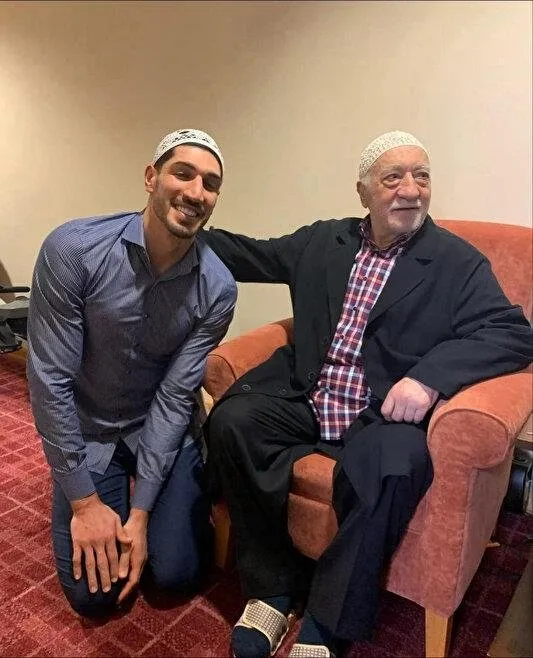 Juergen Klopp Un Doenuesue Duenya Devi Nin Yeni Lideri Mi
May 22, 2025
Juergen Klopp Un Doenuesue Duenya Devi Nin Yeni Lideri Mi
May 22, 2025 -
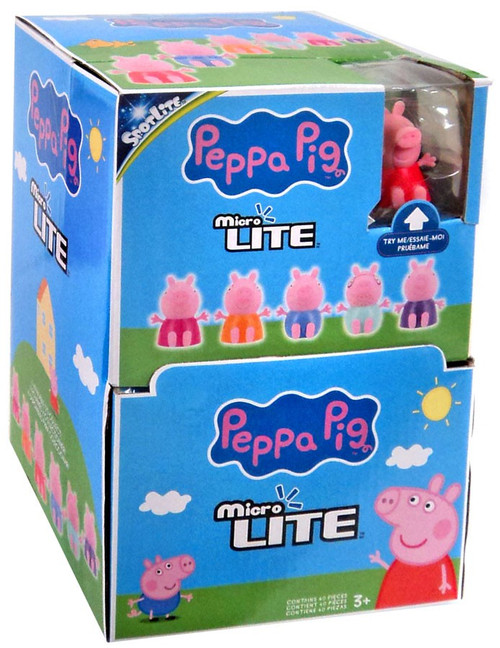 21 Year Old Peppa Pig Mystery Finally Explained Fans React
May 22, 2025
21 Year Old Peppa Pig Mystery Finally Explained Fans React
May 22, 2025
Latest Posts
-
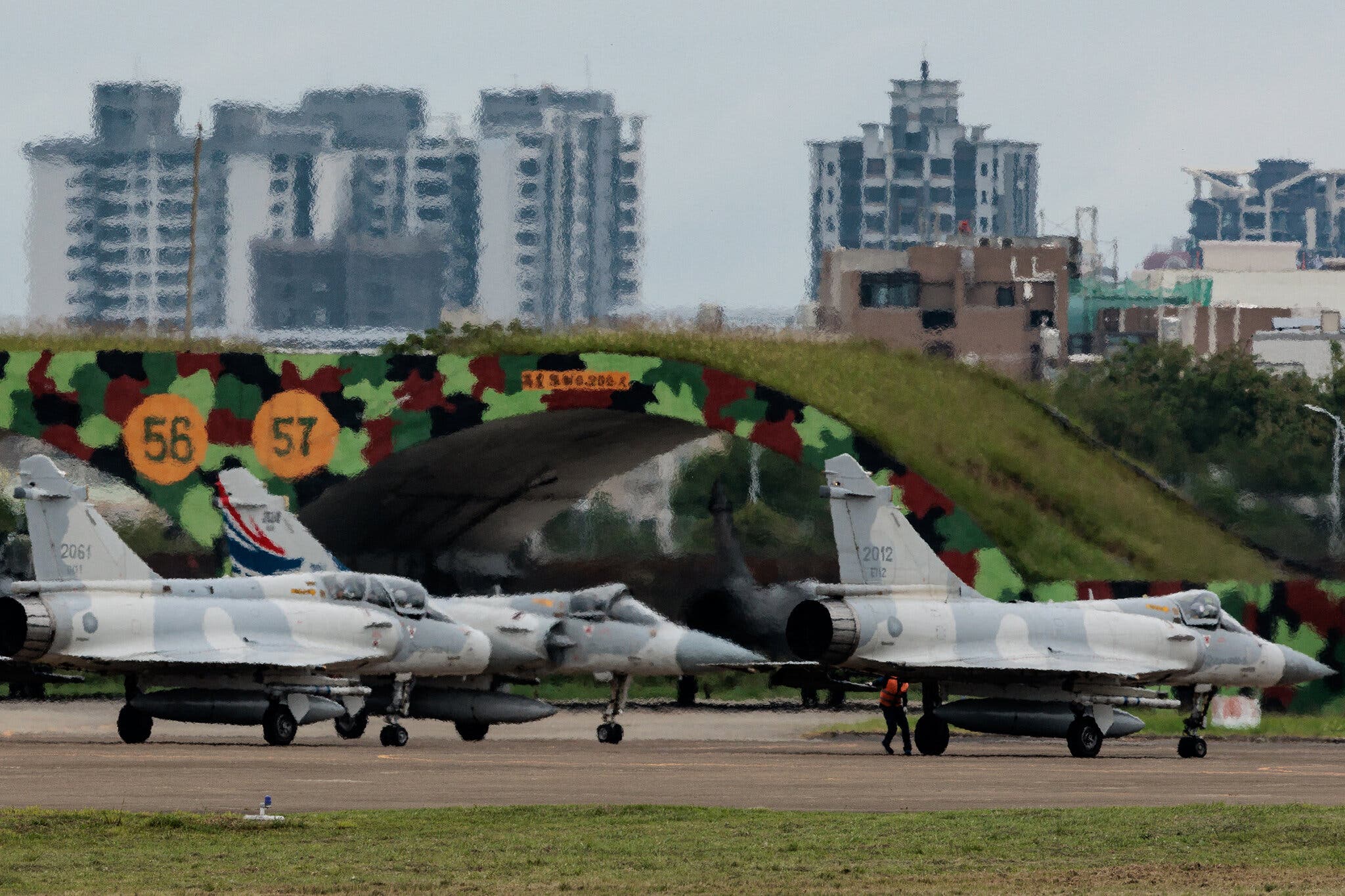 Switzerland Condemns Chinas Military Drills Near Taiwan
May 22, 2025
Switzerland Condemns Chinas Military Drills Near Taiwan
May 22, 2025 -
 Cassis Blackcurrant Liqueur Flavor Profile Production And Cocktails
May 22, 2025
Cassis Blackcurrant Liqueur Flavor Profile Production And Cocktails
May 22, 2025 -
 Cassis Blackcurrant Cultivation Harvesting And Production Methods
May 22, 2025
Cassis Blackcurrant Cultivation Harvesting And Production Methods
May 22, 2025 -
 Exploring The Richness Of Cassis Blackcurrant Liqueurs And Preserves
May 22, 2025
Exploring The Richness Of Cassis Blackcurrant Liqueurs And Preserves
May 22, 2025 -
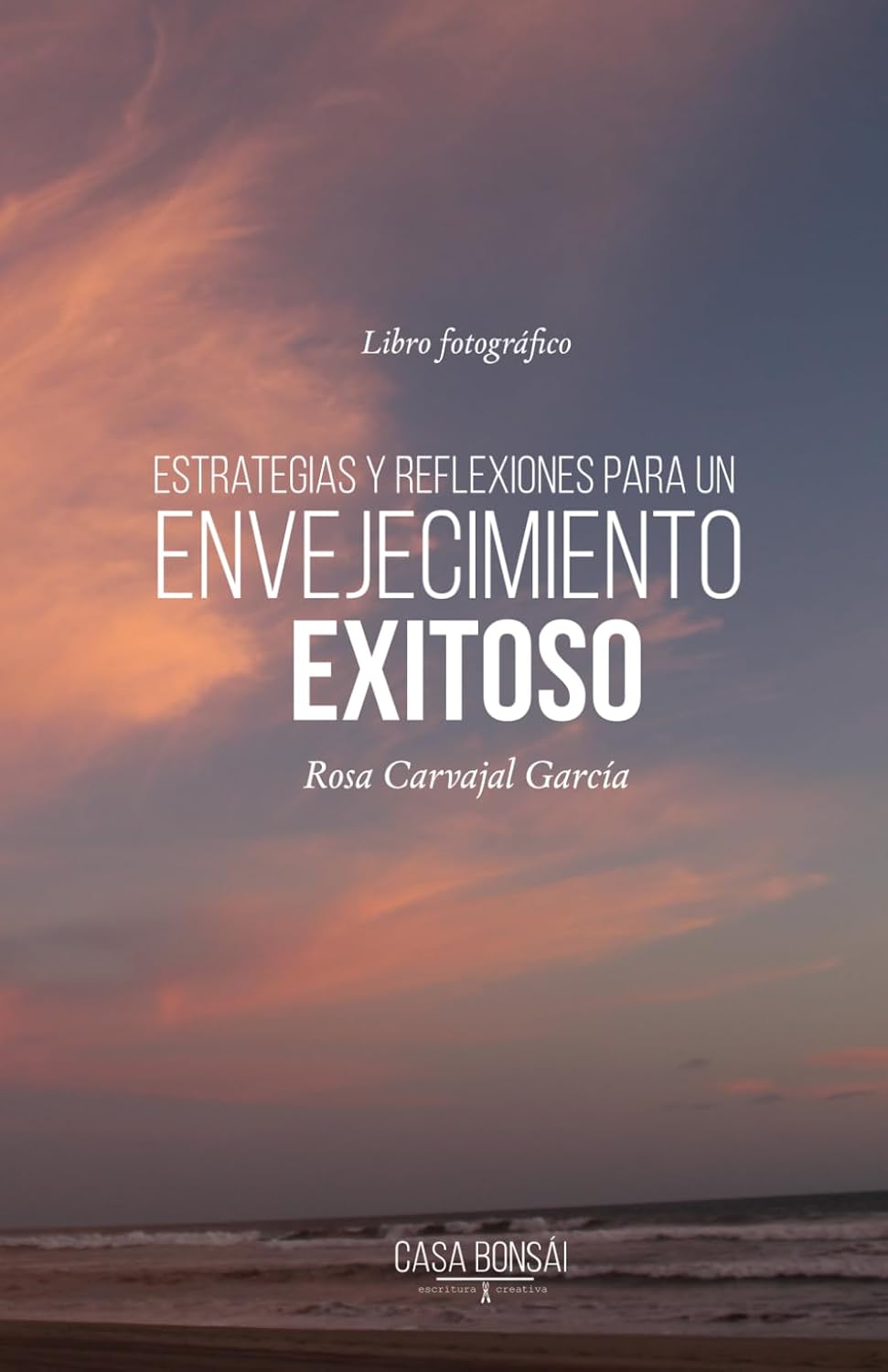 Adios A Las Enfermedades Cronicas El Poder De Los Superalimentos Para Un Envejecimiento Exitoso
May 22, 2025
Adios A Las Enfermedades Cronicas El Poder De Los Superalimentos Para Un Envejecimiento Exitoso
May 22, 2025
